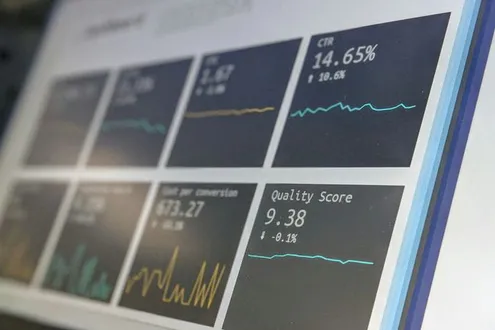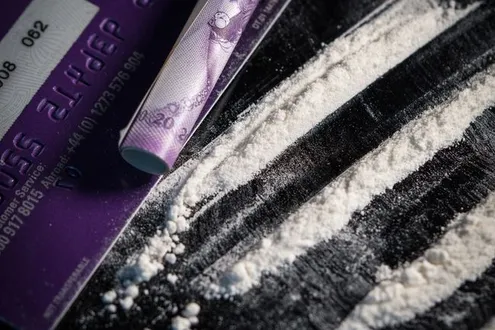The compulsive consumption of pornographic material whether that be illegal or legal content, combined with potential actions or impulses of sexual behaviour, despite possible negative outcomes is how porn addiction would be explained.
Pornography is very prevalent in our society, and porn addiction affects about 5-8% of adults.
People addicted to porn spend at least 11 to 12 hours per week viewing porn.

Porn addiction like other behavioural addictions is based on the principle of the production of dopamine stimulates the brain to create an impulse to repeat the action or behaviour again. As this action is repeated, more dopamine is stimulated, which in turn creates pleasurable sensations.
This action to some individuals becomes addictive. Trying to achieve that pleasure. This is the basic understanding of how porn addiction begins.
Around 35% of all internet downloads are pornographic.
Many conditions co-occur with porn addiction, including anxiety, depression, sex addiction, social anxiety and substance use disorders.
There are no absolute causes of porn addiction. However, similar to other addictions there are both environmental and genetic factors involved. Although there is no right or wrong. Someone who has the same background as someone who has a porn addiction might not get the addiction. There is also evidence which suggests that even viewing pornography frequently doesn’t mean that you will develop the addiction.
Today, porn addiction, or problematic pornography use, affects approximately 3-6% of the adult population. Up to 65 percent of young adult men and 18 percent of young women report at least once a week, though this amount can be much higher.
The increasing exposure of children to internet porn also likely contributes to the rise in porn addiction. Age restrictions on porn sites often consist of no more than a button to click claiming to be 18 or older. The median age of first exposure to pornography is now only 14 years old.
As many as 93.2% of boys and 62.1% of girls first see porn before they turn 18. Early exposure to porn is correlated with increased porn use and addiction later in life.
- Everyone has a different level of sex drive. Each individual has a different level of libido
- Some individuals may not be able to climax without viewing pornography
- Porn may be able to aid some people who are unable to orgasm through sexual encounters with partners
- Some people may have certain fetishes which porn can cater for better than ‘real life’
- Often people might feel they cannot reveal their true sexual preferences so seek this through porn eg. Lesbian, transsexual etc.
- Porn consumption can be used to treat trauma – seeking out scenes which may resemble something which has happened in their life.
- People may seek illegal porn if they have urges or impulses themselves which may be illegal
- Some people may not want to participate in sex with others and pornography can give sexual relief without needing a partner
- Many individuals may be suffering with co-occurring mental or emotional disorders eg. Depression and anxiety









